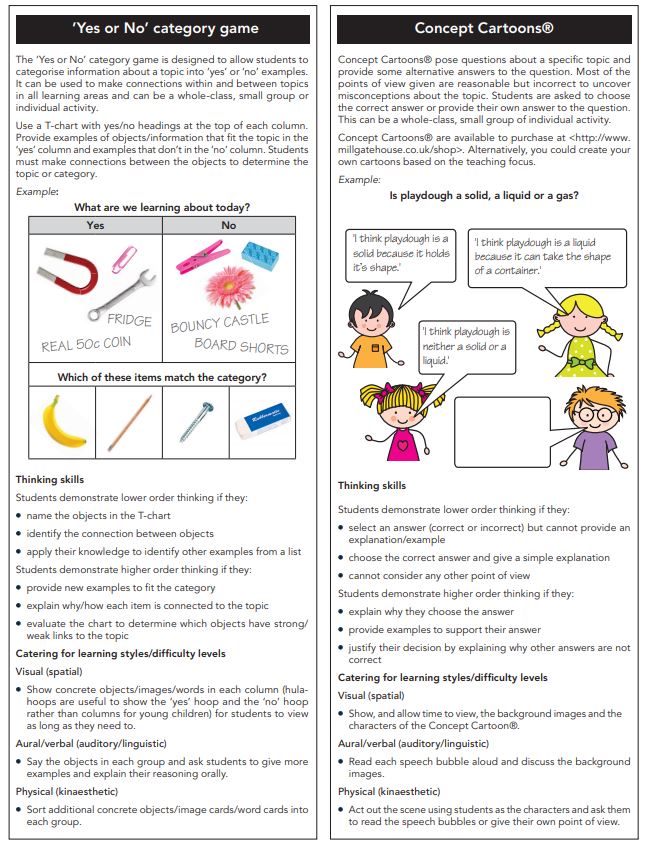As you work through the various ways of teaching critical thinking, you might be surprised to discover that many of the techniques have a very specific goal. You may want to begin by focusing on one particular skill, such as evaluating the quality of a source, such as a book. But you might also want to include other critical thinking exercises, such as Socratic discussions and debates. Here are some suggestions for each.
Arguments
When it comes to teaching critical thinking skills, using arguments can be an excellent tool. Many smart people use critical thinking skills without ever having formal instruction in logic or reasoning. For example, an urban myth can spread quickly via social media. By allowing students to use critical thinking skills to assess the accuracy of the rumours, they can learn to evaluate the information and justify their own beliefs. Additionally, studies have shown that employers want staff who are capable of problem-solving, making informed decisions, and taking appropriate action. One 2015 report shows that the demand for critical thinking skills has increased 158 percent in the past three years.
Essays
Writing essays requires critical thinking skills. As the process of essay writing involves the analysis of information, students will develop their own arguments and learn to evaluate the validity of sources. Developing critical thinking skills means thinking critically about what you read or hear and making informed decisions. Essays are an effective tool to measure a student’s development of critical thinking. The National Assessment of Educational Progress (NAEP) estimates that 75 percent of American eighth and twelve-grade students are not proficient in writing.
Socratic discussions
Socratic discussions promote critical thinking by requiring students to examine the answers and justify them with evidence. Socratic inquiry encourages students to go beyond memorizing facts to apply critical thinking skills. It promotes cooperative learning and collaboration among students. While incorporating Socratic discussion into your teaching, you need to plan ahead of time. Here are some tips for creating a Socratic discussion. Hopefully, these tips will be useful for you.
Debates
While many debates are designed to build student communication skills, some events can actually impede learning. Lack of group dynamics, temper, and lack of preparation can all hamper the learning process. Additionally, debating requires time, so it is essential to ensure that students are properly prepared before the debate. Here are some strategies to encourage students to participate in debates and develop critical thinking skills. You can also include debates as part of your students’ social studies curriculum.
Interactive whiteboards
If you are wondering how to teach critical thinking skills with an interactive whiteboard, you’ve come to the right place. Interactive whiteboards are a great way to encourage student collaboration and interaction with the material that you’re teaching. Students can use the interactive whiteboard to work out problems and compare their answers to others’ to better understand the concepts presented. This also helps them to retain information. The following are some ideas to help you get started.
Brain teasers
Brain teasers are a fun and effective way to fill up class time, while also improving your students’ critical thinking skills. Since they usually involve unlikely premises, students’ thinking skills will be challenged while solving these puzzles. The skills students learn in solving these puzzles are transferable to the real world. Here are some examples of brain teasers. One of these puzzles is a “Rooster” riddle, which involves a rooster laying an egg on a barn roof.

